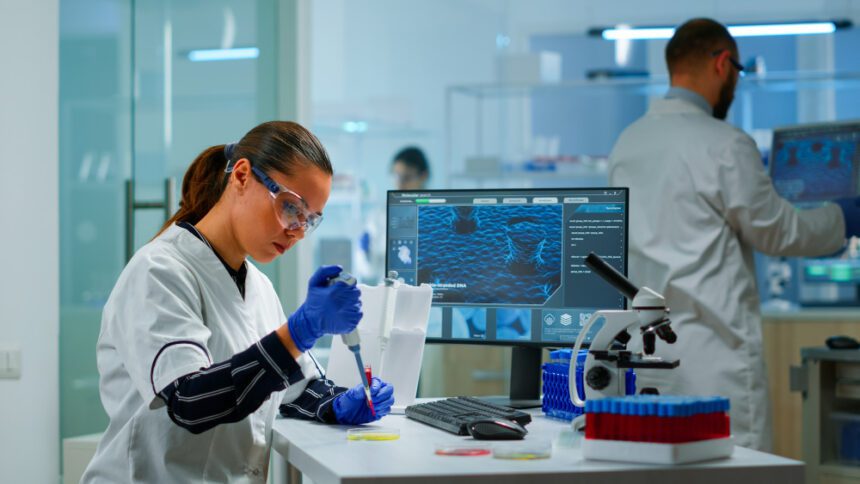All About Aggregate Reporting in Pharmacovigilance

Aggregate reporting in pharmacovigilance is an important step in monitoring and assessing the safety of medicines. It involves the collection, analysis, and submission of aggregated safety data to health authorities at specified intervals. Here’s what you need to know about aggregate reporting in pharmacovigilance:
Requirement of Aggregate Reporting:
- Aggregate reporting is essential for assessing the overall safety profile of a drug or medical product over time.
- It helps health authorities, such as the FDA (Food and Drug Administration) in the United States and the EMA (European Medicines Agency) in Europe, make informed regulatory decisions.
Types of Aggregate Reports:
Pre-Marketing Aggregate Reports: DSURs, IND annual reports, Annual Safety Reports, Health Authority Inquiries
Post-Marketing Aggregate Reports: PSURs, PBRERs, NDA, ANDA, Addendum to Clinical Overviews (ACOs), Health Authority responses.
Content of Aggregate Reports:
- These reports contain summarized safety and efficacy data, including adverse events, product complaints, and data from clinical trials.
- Information on risk assessments, benefit-risk evaluations, and any changes in the product’s safety profile is included.
- Measures taken to mitigate known or potential risks are outlined in these reports.
Regulatory Requirements:
Regulatory agencies like the FDA and EMA have specific guidelines for the submission of aggregate reports, including submission schedules, format, and content requirements. Failure to comply with these requirements can result in regulatory action.
Signal Detection and Risk Minimization:
Aggregate reporting involves signal detection, which is the process of identifying potential safety concerns through the analysis of accumulated data.
Risk minimization strategies may be developed as a result of these reports to ensure that the benefits of the product continue to outweigh its risks.
Continuous Improvement:
Pharmacovigilance professionals use the insights gained from aggregate reporting to improve risk management plans, update labelling, and enhance the safety profile of the product.
Overall, aggregate reporting is a fundamental component of pharmacovigilance that contributes to the ongoing assessment of the safety and efficacy of pharmaceutical products, helping to ensure that they are used safely and effectively by patients. Compliance with regulatory requirements and the transparent sharing of safety information are paramount in this process.
Looking to dive into the world of aggregate reporting in pharmacovigilance? Discover our specialized aggregate reporting course and pharmacovigilance course designed to empower you with the knowledge and skills necessary for a thriving career. With expert guidance, you’ll explore the intricacies of pharmacovigilance and aggregate reporting, ensuring you’re well-prepared for the industry’s demands. Whether you’re starting fresh or aiming to enhance your existing expertise, our courses cater to your specific needs. Join us and make a meaningful contribution to healthcare and public safety through the mastery of pharmacovigilance practices.


